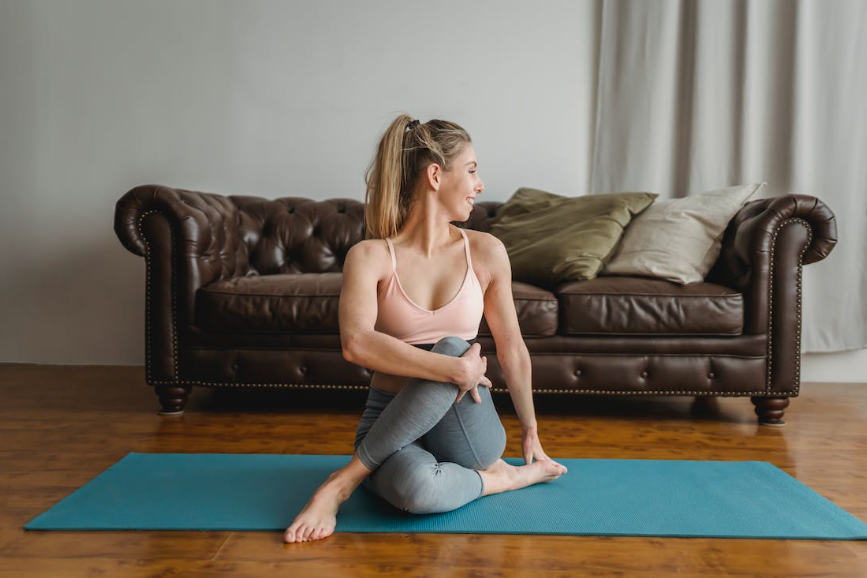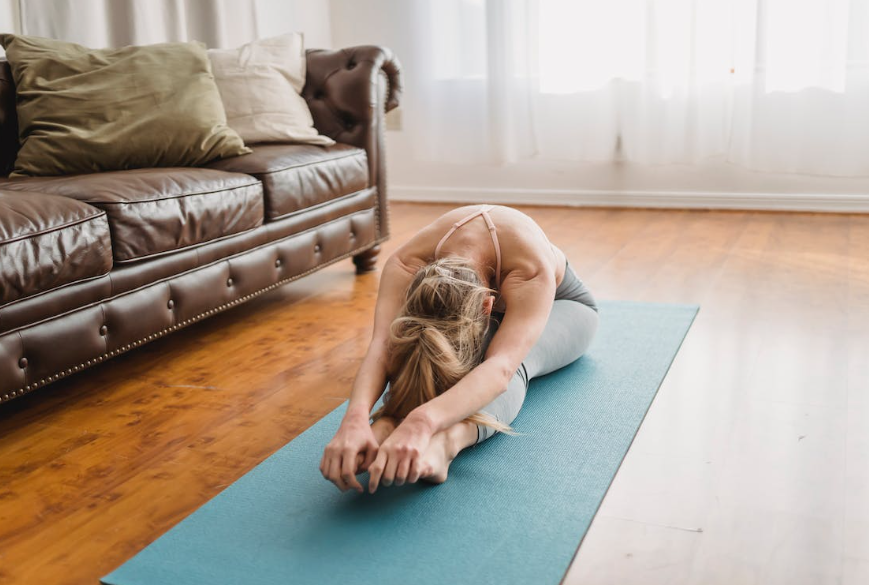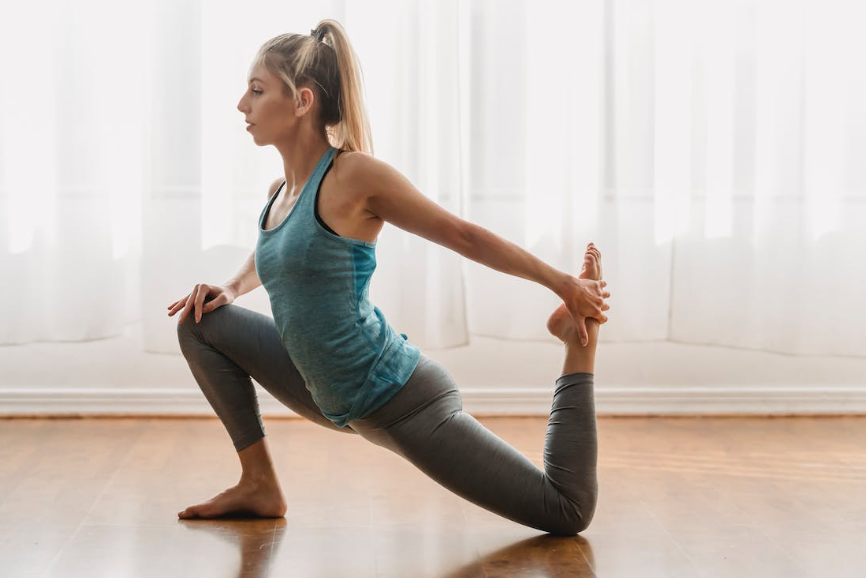What are Mindfulness Exercises
Learn about different exersises and techniques to practice mindfulness.

Selfpause Affirmation App
Download the app to get 1,000’s of affirmation meditations and everything you need to write, record and listen to your own.
If you’re interested in learning more about mindfulness, you’ve come to the right place. Here you’ll learn examples of mindfulness exercises, their benefits, and ways to incorporate them into your daily routine. And you’ll find some free apps that help you go deeper with your practice. The benefits of mindfulness exercises are endless, so lets dive in!
Examples of mindfulness exercises

Mindfulness exercises are practices that involve bringing attention to the present moment, including physical sensations. They can be done on your own or through guided meditation. The goal of these exercises is to bring awareness to everyday events and to improve your overall wellbeing. You can do these exercises any time of day. One popular example is to take a mindful walk, which involves being aware of your surroundings and body.
Another example is paying attention to the words and sounds you hear. This can be done throughout the day, including when talking to your spouse, co-workers, or family members. It can also be practiced while driving or eating a meal with friends. Both exercises should be performed for at least fifteen minutes four to eight times daily.
Another example of a mindfulness exercise is writing about your experiences and thoughts in a journal. These exercises help you focus on the present moment and eliminate the underlying thoughts that cause you stress. Mindfulness is also a powerful way to reflect on your behavior. For example, mindfulness breathing can help you deal with cravings. It requires you to pay close attention to each inhale and exhale and to make an “ah” sound when exhaling.
Other examples of mindfulness exercises include taking deep breaths while looking at objects. This practice is very effective for relaxing and calming your body and mind. By doing this, you can focus on everyday tasks with a fresh perspective. You can also take time to consider how you feel when you open a door. Using mindful breathing techniques can help you relax the anxiety you are experiencing and reframing it as strength.
In order to implement these exercises, you must set aside at least fifteen to thirty minutes each day to practice them. To begin, you must sit in a comfortable position and breathe slowly. Then, you should try to notice the sensations in your body and observe them with no judgment. While you are focusing on your breath, you should focus on your surroundings and other bodily sensations.
In addition to lowering your stress level, mindful exercises can also help you improve your health and happiness. Studies show that people who practice mindfulness for 15 minutes daily have lower blood pressure and less weight than those who do not practice the technique. Furthermore, they report improved sleep and clarity, and this can be a great benefit in a stressful workplace.
Benefits of doing mindfulness exercises

Mindfulness exercises are a great way to increase focus at work and in life. They can improve your mental and physical abilities, improve your job performance, and even make you happier. To begin, you can practice mindfulness while eating a healthy snack. Try to choose a food that has a particular smell or texture, and then try to concentrate on it. A good choice would be raisins, which are popular office snacks.
Another benefit of mindfulness is improved cardiovascular health. According to a study, people who practice mindfulness regularly have lower blood pressure and more physical activity. The study also found a correlation between mindfulness and increased seat belt use, lower body mass index, and lower smoking rates. However, further research is needed to confirm these results.
Another benefit of mindfulness exercises is enhanced creativity. When you’re in a mindful state, you’re more likely to think of new ideas than when you’re thinking about what you already know. Mindful awareness creates an environment in your mind that encourages you to create new ideas, rather than sabotaging your ideas.
Other research has also found that practicing mindfulness exercises has benefits for your mental health. It can reduce stress, improve emotional regulation, boost cognitive ability, and improve your relationships. Additionally, mindfulness has been shown to alter brain structure and function. For this reason, you should seek the help of a therapist or physician before implementing any kind of mindfulness program.
MBSR has been shown to be helpful to cancer patients and their caregivers. While the practice of mindfulness may not cure cancer, it can alleviate some of the pain and anxiety associated with the disease. It can also help people recover from the illness. In fact, a recent study found that it reduced the suffering experienced by cancer patients and their caregivers.
There are many forms of meditation and mindfulness exercises. A popular type of meditation is seated meditation. It involves focusing on your breath. The idea of this type of meditation is to sort through your thoughts without judgment and to be present with whatever you feel. However, achieving a mindful state is an arduous task. One popular method for achieving this goal is by focusing on breathing for a few minutes a day.
Ways to incorporate mindfulness exercises into your daily life

One of the easiest ways to bring mindfulness into your life is through observing your thoughts. The five senses exercise helps you to observe your thoughts without labeling or judging them. By noticing your thoughts, you can start to practice mindfulness in any situation. In the five senses exercise, you observe your breath, your body sensations, and your thoughts.
Another easy way to bring mindfulness into your daily life is by using a mindfulness craft. You can encourage your kids to draw pictures of activities that make them feel calm and peaceful. Alternatively, you can provide printed pictures that they can paste onto their cards. You can also label the cards if they can write. Afterwards, you can bind them with yarn or a book ring.
Another method is to practice mindfulness while you’re doing chores. It can be as simple as taking a few slow, deep breaths. You can practice this anytime of the day and it can be very effective before you go to bed. Just make sure you take at least five minutes to complete it.
Another method for incorporating mindfulness into your day is by doing a morning routine. Making your bed every morning is a great way to set the tone for the rest of the day. It will also help you take charge of the day as it will allow you to take on more responsibility throughout the day.
Another mindfulness exercise involves eating. Having a snack of raisins can help you focus on the present. You can try this exercise with any food, but try to select one with an unusual texture. You can focus on the raisins for several minutes, and if you enjoy it, you can try incorporating this practice into your daily life.
Practicing mindfulness in your daily life is an excellent way to improve your life. It will help you live in the present moment and bring more mindfulness into everything you do.
Free apps for deeper mindfulness exercises

There are several free apps that are designed to help you practice mindfulness. Some of these apps focus on breathing, and others focus on other aspects of mindfulness. Selfpause is is positive affirmation meditation app that can help you stay mindful of your goals and your worth.
Our Top FAQ's
There are many ways to incorporate mindfulness exercises into daily life. One approach is to set aside a dedicated time for mindfulness practice, such as first thing in the morning or last thing at night. It can also be helpful to choose specific triggers throughout the day to remind yourself to be mindful, such as before eating a meal or before starting a new task. Another way to incorporate mindfulness into daily life is to engage in activities that naturally promote mindfulness, such as walking in nature or engaging in a creative hobby.
Some simple mindfulness exercises that can be done in a few minutes include:
-
Body scan: Lie down or sit comfortably and focus your attention on each part of your body, starting at your toes and working your way up to the top of your head. As you focus on each body part, take a few deep breaths and try to release any tension or discomfort.
-
Breath awareness: Sit comfortably and focus your attention on your breath. Notice the sensation of the air entering and leaving your nostrils, or the rise and fall of your chest or belly. If your mind wanders, gently redirect your attention back to your breath.
-
Sensory awareness: Choose one of your senses (such as sight, sound, touch, taste, or smell) and spend a few minutes paying attention to the sensations that come through that sense. For example, if you choose sight, look around the room and notice the colors, shapes, and details of the objects you see. If you choose sound, listen carefully to the sounds around you, such as birds singing, traffic, or the hum of a computer.
Mindfulness exercises can help reduce stress and improve overall well-being by increasing awareness of the present moment and teaching individuals to respond to their thoughts and emotions in a more balanced and compassionate way. When we are mindful, we are able to observe our thoughts and emotions without getting carried away by them, which can help us make better choices and respond more effectively to difficult situations. Regular mindfulness practice has also been shown to have a number of physical and mental health benefits, including reducing anxiety and depression, improving sleep, and reducing blood pressure.
Some mindfulness exercises may be more effective for certain individuals or situations than others. For example, individuals who are struggling with anxiety or stress may find mindfulness exercises that focus on the breath or the body to be particularly helpful. On the other hand, individuals who are more visual or kinesthetic may find exercises that involve looking at a flower or drawing to be more effective. It can be helpful to experiment with different mindfulness exercises to see which ones work best for you.
Mindfulness exercises can be adapted for children and adolescents, although it may be necessary to modify the exercises to make them more age-appropriate and engaging. For example, younger children may benefit from more structured and interactive mindfulness activities, such as playing a game that involves paying attention to their breath or participating in a guided mindfulness meditation. Older children and adolescents may be able to engage in more traditional mindfulness practices, such as sitting meditation or walking meditation. It can be helpful to involve children and adolescents in the process of choosing and designing mindfulness activities, as this can increase their engagement and buy-in.
